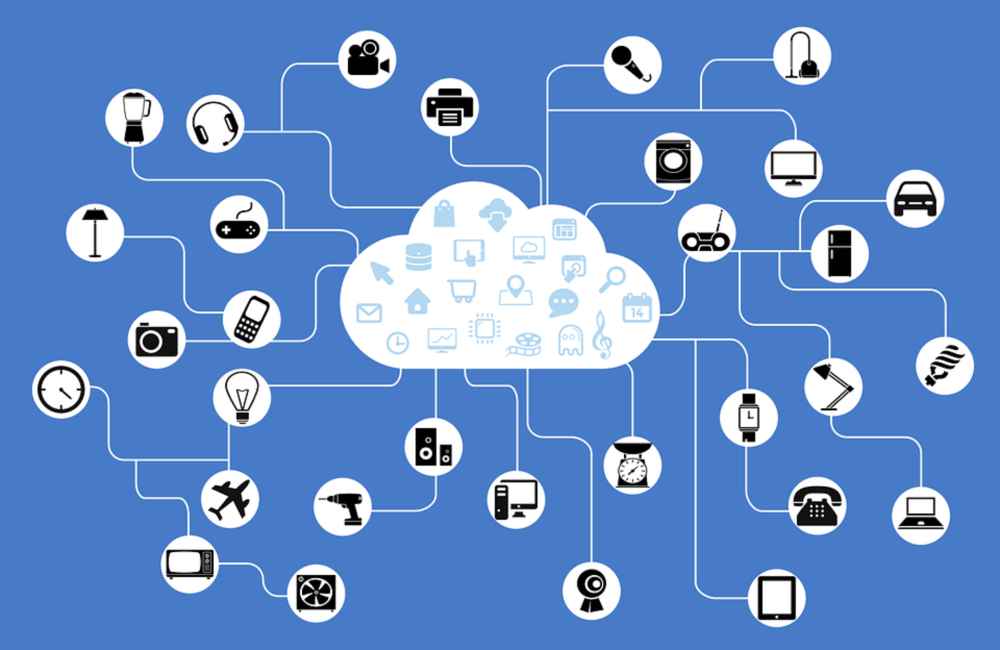For the longest time website metrics generated by customer online visits, were a proxy for understanding customer needs. But access to customers evolves with their technology preferences– yesterday’s Tivo has become today’s Netflix.
Thus, as smart device use become prevalent, marketers must avoid analytics that solely derive from website-based metrics. Through data layers, marketers have the opportunity to set customer-centric measures, allowing metrics from a laptop screen or a smart device or services to better guide their decisions and their understanding of their customers.
How JavaScript evolved as a programming language is key to understanding how the door for cross device measurement was opened. JavaScript was introduced in 1995 with the Netscape browser. Its original purpose was to trigger browser functions without requiring a call to the server. This functionality reduced page load time for website pages and made responses from button and link clicks faster.
Over time, developers altered that functionality by creating libraries and frameworks in which JavaScript functions and variables–the core protocols–which could match onscreen elements with information. For example, frameworks like Meteor.js and the MEAN stack blend client and server side features for reducing latency–a website/app response performance metric. This ushered in new ways for web apps to handle tasks or control devices through Bluetooth or Wi-fi connections.
The advancement of JavaScript led to the creation of data layers, JavaScript arrays that store information to send to a tag management system. Those systems in turn provide the data for analytics dashboards, from which marketers can derive metrics.
Data layer information is formatted into key value pairs–an object and an attribute associated with the object. The pairs can vary. With planning, marketers can link app user or site visitor attributes to behaviors in an app or website. The end result is an understanding of how a website or app is generally used, and, through the analytics dashboard, an assessment of whether the content is attracting the right customers.
Because data layer objects and attributes are standardized, communications not just from websites and apps, but from smart devices, including associated applications and services, can be included in the metrics. Thus marketers can include smart device users and device responses within their metrics, observing customer groups and their activity in an extended digital environment.
These changes mean analytics can assess metrics in a more customer-centric context, an aspect that Ginger Colon, Editor-In-Chief of the Hub’s sister publication, Direct Marketing News, noted recently in discussing what marketers should do differently in 2016. CMOs do seem poised to take action. In 2015, Venture Beat reported a survey in which marketing budgets for analytic solutions are expected to increase 73% over the next three years.
To plan the derivations of metrics from an IoT network, marketers must consider how the data sources appear within the data layer. They can next imagine how data from sources such as sensor triggers should appear in a dashboard. The end result is a better audit of more extensive data and a better assessment of how that data can respond to business needs.
Marketers who are uncomfortable with creating data layer specifications can ask developers to do so. This means reviewing the entire digital environment–websites, apps, and devices–and then developing a list of attributes and actions that the key value pairs should capture.
Overall, a discussion about data layer content can start marketers down the path of evaluating how the full customer experience, not just the online part of it, can be captured by analytics solutions.








